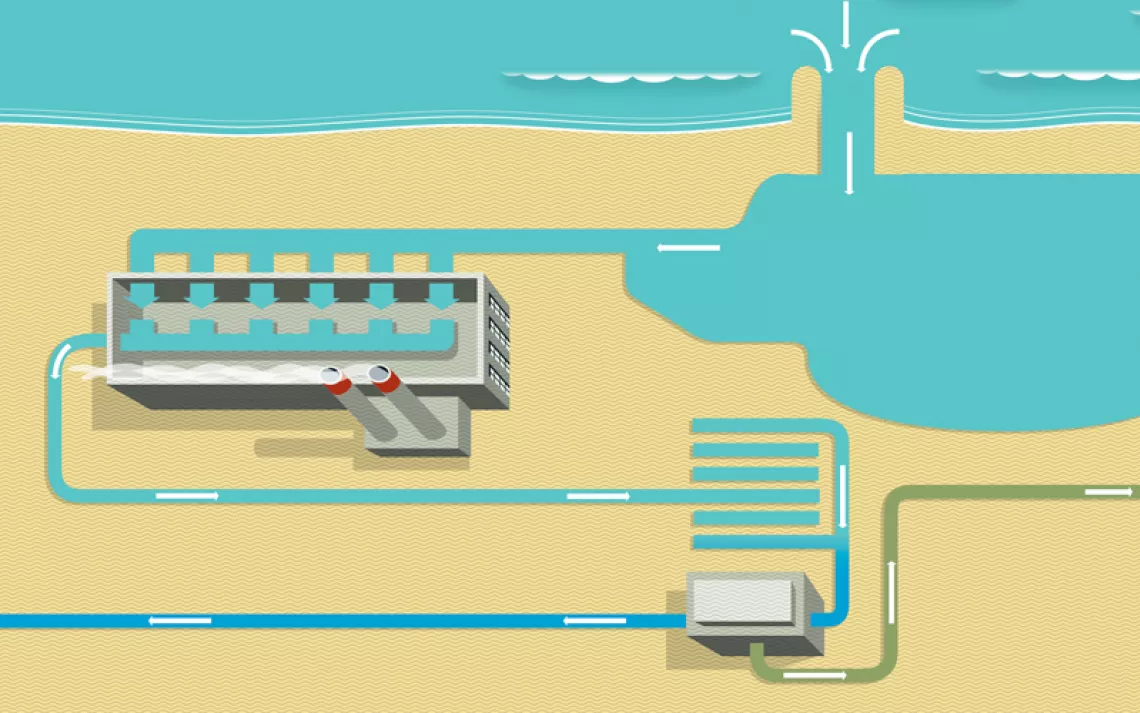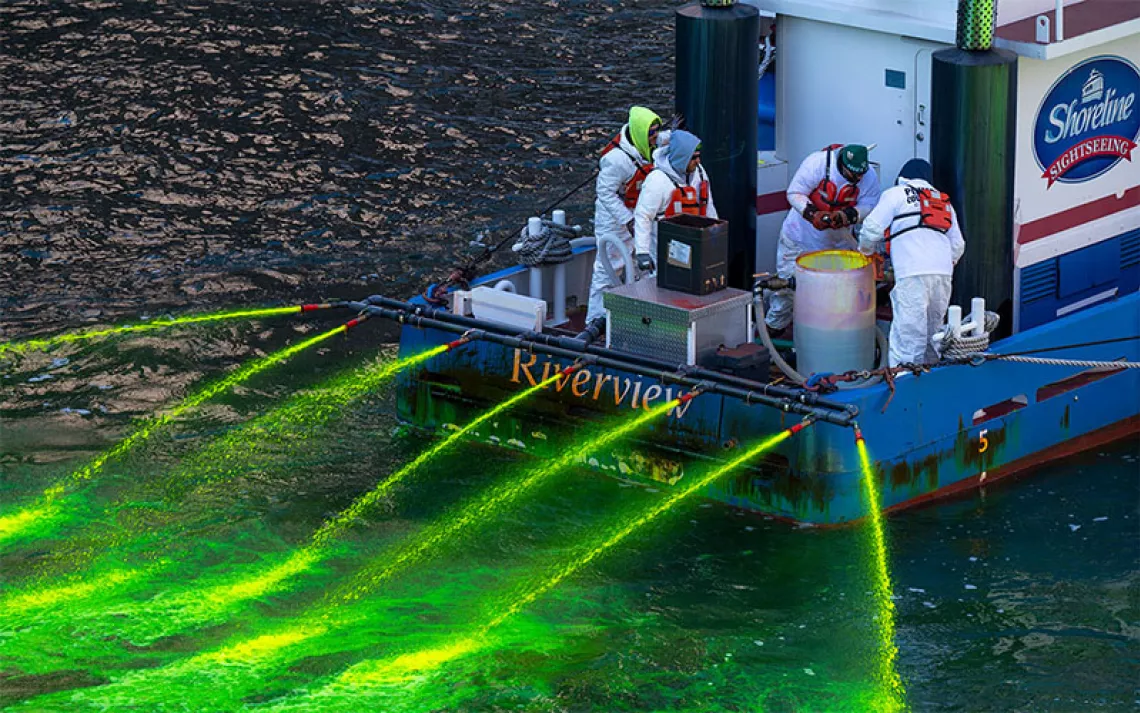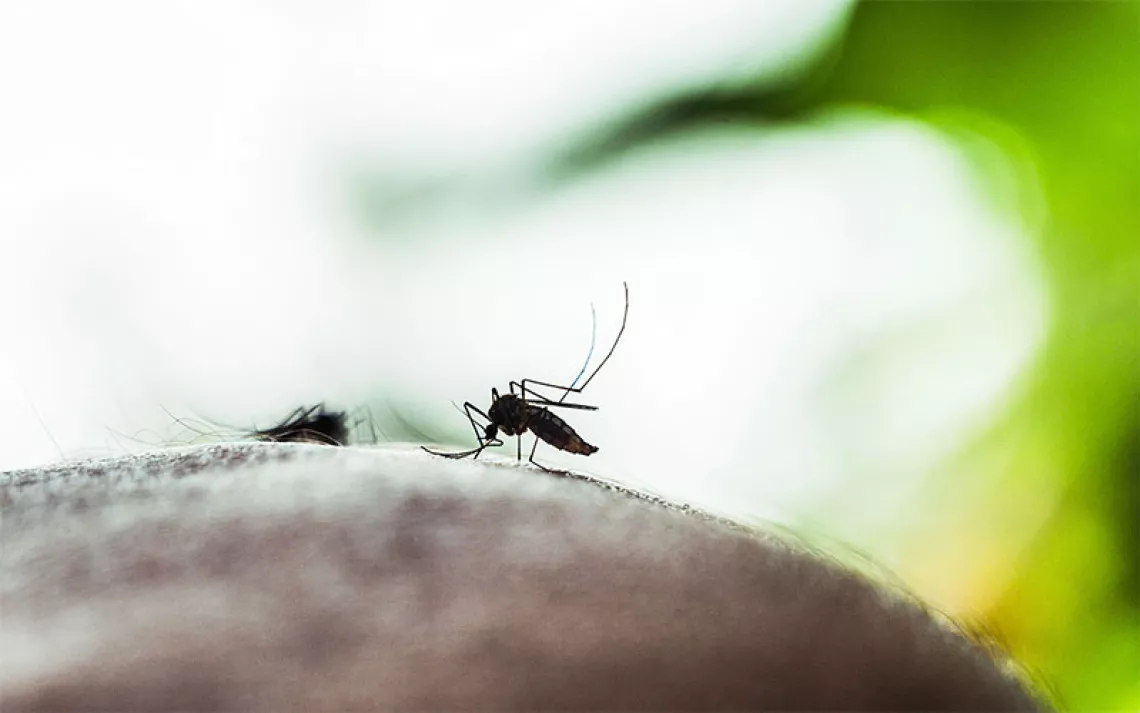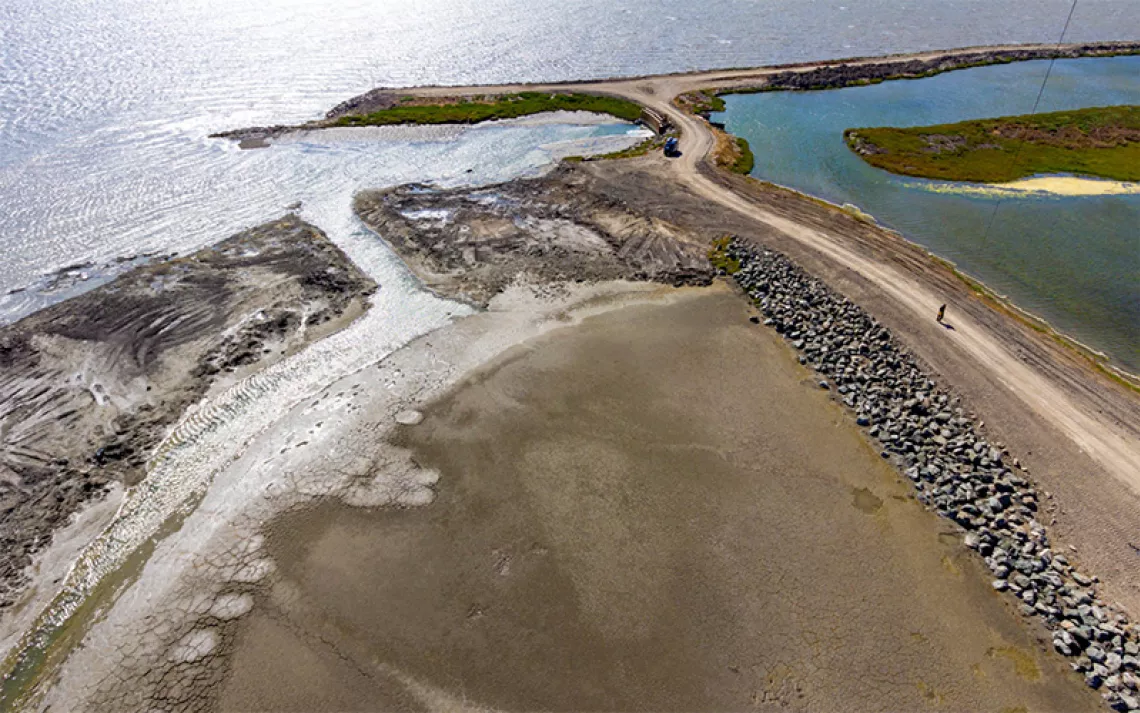Watching a Watershed in Motion
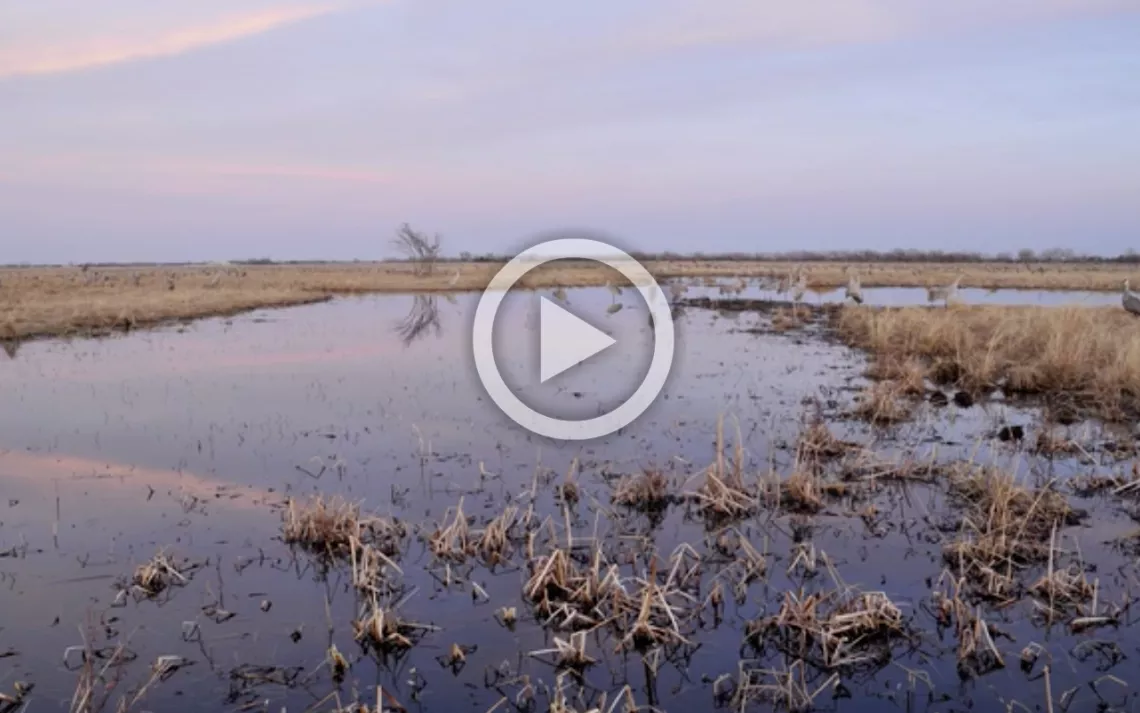
The Platte Basin Timelapse Project. Video by Mike Forsberg and The Platte Basin Timelapse Project
It’s well before daybreak. The swollen waters of the Platte River slide by as half a million birds roost on shallow sandbars. Down the bank, the gravelly call of a lone Sandhill crane floats into the air. From all directions, thousands of surrounding cranes respond in kind. An enormous flock lifts at once into the pink light of the sky, cutting silhouettes into the early morning as it sweeps across the river.
For conservation photographer Mike Forsberg, scenes like these are part of the daily rhythm. Born and raised in Nebraska, he is attune to the beauty of the prairie, which many miss while careening across it at 80mph. He believes that it isn’t a place you can take in from a roadside pull-off. You have to get out—spend some time in its grasses to really understand it. “Part of my work,” he says, “is to pull back the curtain of the Great Plains.”
That's the impetus behind The Platte Basin Timelapse project, a multi-media initiative he co-founded with television producer Michael Farrell. Through text, image, and timelapse photography, the project documents a watershed that threads across one of the most imperiled ecosystems in the world and gives voice to the stories that unfold along its banks. Forsberg refers to the river as the lifeblood of the region. “People can’t argue with the fact that we all need water to survive. It is what sustains us. No matter what your politics are, you can’t refute that,” he says.
Beginning in 2011, he and his team painstakingly placed 40-plus cameras along the banks of the Platte. The hundreds of thousands of photos they've collected since then have provided an intimate window into one of America’s most appropriated rivers and the wildlife it feeds. The project lets us watch a river otter edge its way through duckweed and bulrush and a doe deer wade through a prairie wetland. We can follow the Platte from its headwaters in the high Rockies down through plains, pipes, and canals before it drains into the Missouri nearly 1352 river-miles later. Through the project’s interactive web platform, we can trace where the water goes, how it’s managed, and where it comes from.
The Platte Basin Timelapse project reveals the Platte’s constant fluctuations, both man-made and natural. “It’s one thing to look at a river gauge and read the numbers, but it’s an entirely different thing to actually watch it in motion. To follow the water as it’s diverted into canals to irrigate cornfields, or to watch the fluctuations near hydro-electric plants lets us conceptualize what numbers alone can’t get at,” Forsberg says.
Forsberg has spent the better part of his adult life documenting the lingering wild of the Great Plains landscape. “It doesn’t have the lions and tigers and bears of the mountains,” he acknowledges. "Its beauty is more subtle than that." The project is an effort to let us get up close and personal to the source that gives life to this massively misunderstood landscape. The hope is that by recording the changes occurring over time in the Platte River Basin, we’ll be able to better understand those underway in other watersheds as well.
“The Great Plains, and probably a lot of other places, are at a point where what we do in the next 5 to 10 years is going to make all the difference,” Forsberg says. “The land may very well be spent. Species may disappear. How we care for it and manage it and love it matters. A lot of what ends up happening will come back to water.”
 The Magazine of The Sierra Club
The Magazine of The Sierra Club
